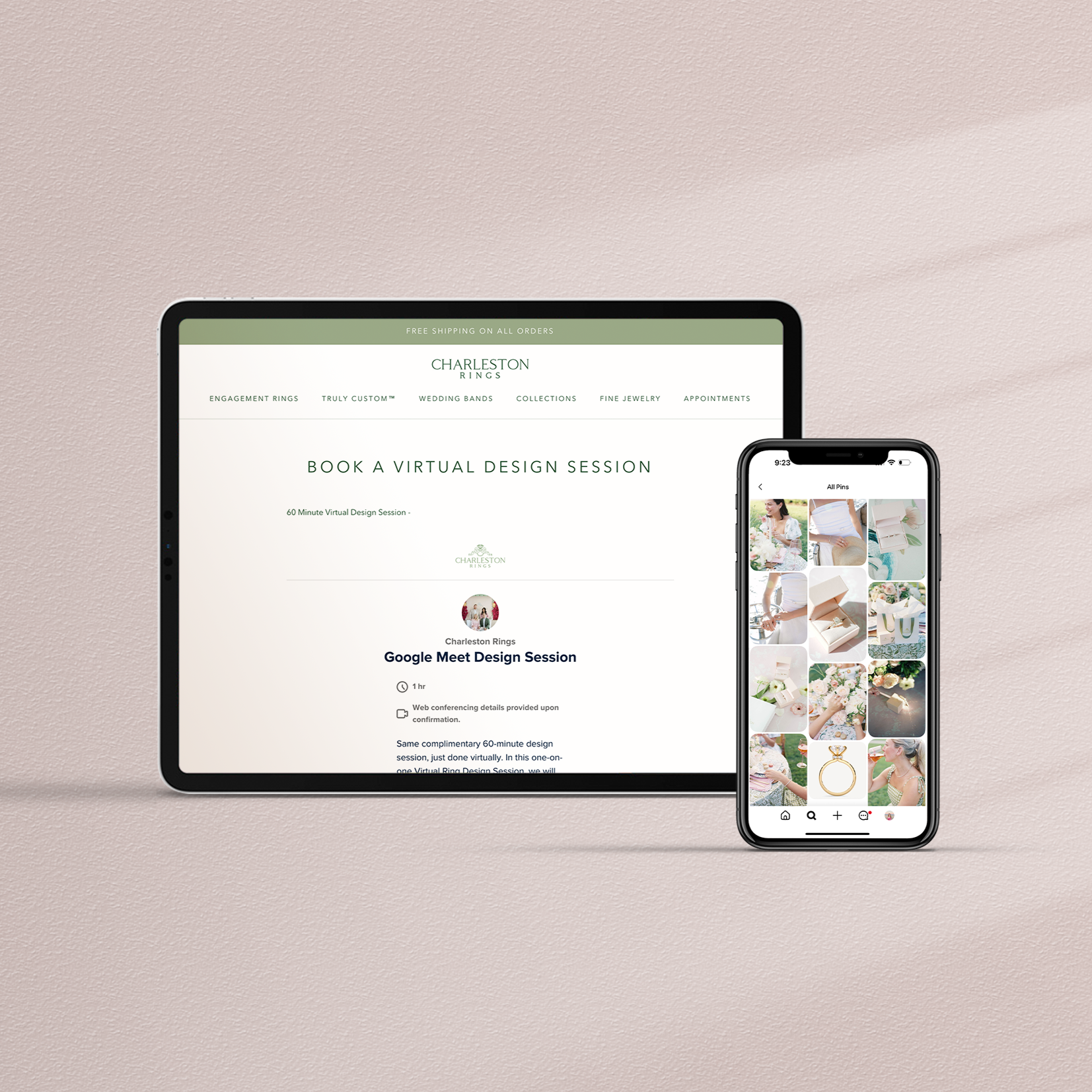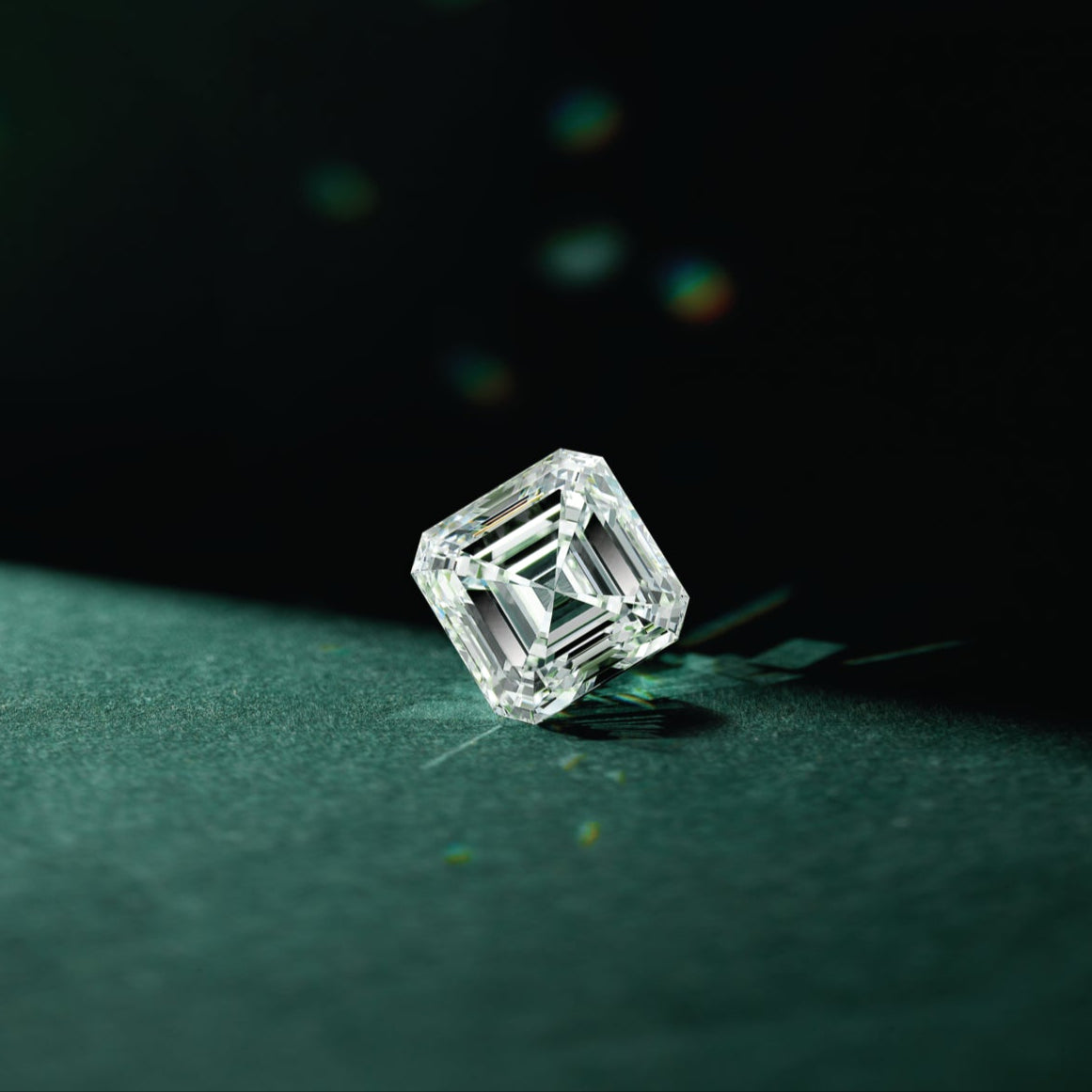
the dirty truth behind natural diamonds: why the kimberley process isn't cutting it
Diamonds have long been a traditional symbol of engagement and marriage, but increasing awareness of the ethical and environmental concerns associated with natural diamond mining has led many consumers to look for alternatives.
The Kimberley Process Certification Scheme (KPCS) was established in 2003 by the United Nations General Assembly to prevent the trade of conflict diamonds, also known as blood diamonds. However, the scheme has limitations and only focuses on the issue of conflict diamonds, ignoring other ethical and social concerns related to diamond mining.
For example, the Kimberley Process does not address major human rights abuses or environmental damage caused by diamond mining. Additionally, the certification process is not always reliable, and diamonds can still be smuggled through unregulated channels.
the harsh reality of diamond mining and its human costs
Approximately 1 out of every 4 diamonds on the market is still mined under horrible conditions, despite the Kimberley Process. Natural diamond mining operations are often linked to human trafficking and forced labor, with an estimated 10 million people globally working in diamond mines, many under conditions of forced labor, exploitation, and abuse. Currently, more than 1,000,000 miners digging for diamonds are being paid less than $1 per day.
Children are often exploited in these circumstances, as was found in a study of Angola mining conditions: In Angola, 46% of diamond miners were under the age of 16! These children are unable to attend school during the day, as they are forced into digging, panning, and searching for diamonds.
Though not considered blood diamonds or conflict diamonds by the Kimberley Process, these human rights abuses need to be accounted for and taken into consideration when consumers decide on the stones for one of the most visible symbols of their love, their engagement ring.
lab-grown diamonds: a sustainable and ethical alternative
A leading alternative to natural diamonds is lab-grown diamonds, which are created in a laboratory using advanced technology that mimics the conditions under which diamonds form in the earth's mantle. Lab Grown Diamonds are either created through HPHT (High Pressure, High Temperature) or CVD (Chemical Vapor Deposition) processes, both of which end up with a true diamond as per the FTC (Federal Trade Commission) and other highly respected standards around the world.
Not only are they physically and chemically identical to natural diamonds, but they are also more ethical and sustainable. The only difference between lab-grown diamonds and natural diamonds is their origin – one comes from someone digging it out of the earth, while the other is grown in a controlled laboratory environment and then cut and graded just like their natural diamond equivalent.
Consumers are becoming more aware of the ethical concerns surrounding natural diamonds and lab-grown diamonds offer an ethical, sustainable, and conflict-free alternative.
environmental and economic benefits of lab-grown diamonds
Lab-grown diamonds are created in a laboratory, meaning there is no risk of the diamond being mined in war zones or financing armed conflict. Additionally, they are produced with minimal environmental impact, as they do not require large-scale mining or the use of heavy machinery. Compared to natural diamonds, lab-grown diamonds have a much lower carbon footprint, emitting up to 80% fewer greenhouse gasses.
In terms of affordability, lab-grown diamonds often give you up to twice the carat weight of similarly graded natural diamonds for the same price! This is due to the fact that creating diamonds in a laboratory is more efficient and cost-effective than mining them from the earth and the increasing popularity of lab-grown diamonds. Consumers who choose lab-grown diamonds can enjoy the same quality and beauty as natural diamonds at a more affordable price.
a call for ethical and sustainable diamond choices
While the Kimberley Process has made some progress in reducing the trade of conflict diamonds, it is not enough to ensure that diamonds are truly ethical. Moreover, human trafficking and environmental damage are ongoing issues associated with natural diamond mining operations.
Lab-grown diamonds offer a sustainable, ethical, and affordable alternative to natural diamonds, making them an increasingly popular choice for engagement rings and other jewelry. By embracing lab-grown diamonds, consumers can contribute to a better future by supporting an industry that prioritizes ethics and sustainability.
As more people become aware of the ethical issues surrounding natural diamonds, it is crucial to continue raising awareness and encouraging change within the industry. Consumers can make a difference by actively choosing lab-grown diamonds and advocating for their benefits.
By sharing information about the shortcomings of the Kimberley Process and the advantages of lab-grown diamonds, consumers can influence others to make more informed decisions when purchasing diamond jewelry.
the role of jewelers and retailers
Jewelers and retailers also play a significant role in promoting lab-grown diamonds as a sustainable and ethical alternative. By offering a wide range of lab-grown diamond products and educating their customers on the benefits of these gems, they can help shift consumer preferences and drive demand for Truly ethical diamonds. As more jewelers and retailers embrace lab-grown diamonds, it sends a strong message to the industry that there is a growing market for ethical and sustainable diamond products.
the future of diamonds
The future of the diamond industry lies in the hands of consumers, jewelers, and retailers who are willing to prioritize ethics and sustainability over tradition. By choosing lab-grown diamonds, consumers can enjoy the beauty and luxury of a diamond without compromising their values.
As the demand for lab-grown diamonds continues to grow, it is essential for the industry to adapt and recognize the importance of ethical and sustainable practices. The shift towards lab-grown diamonds signifies a new era in the world of luxury, where elegance and responsibility go hand in hand.













